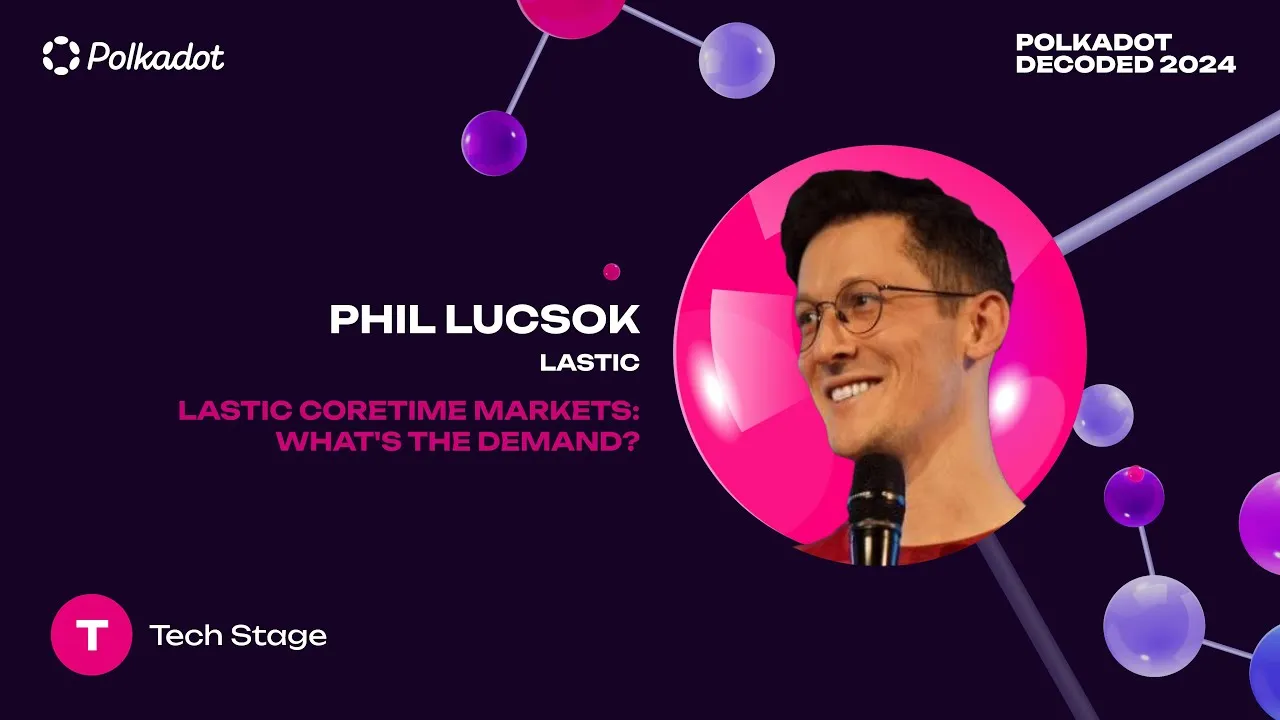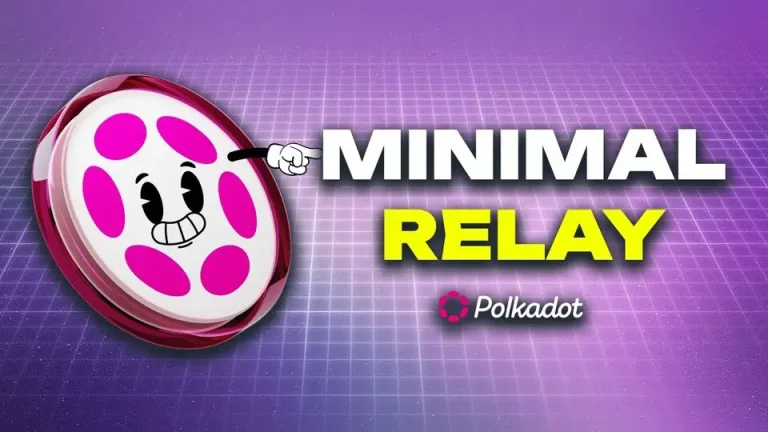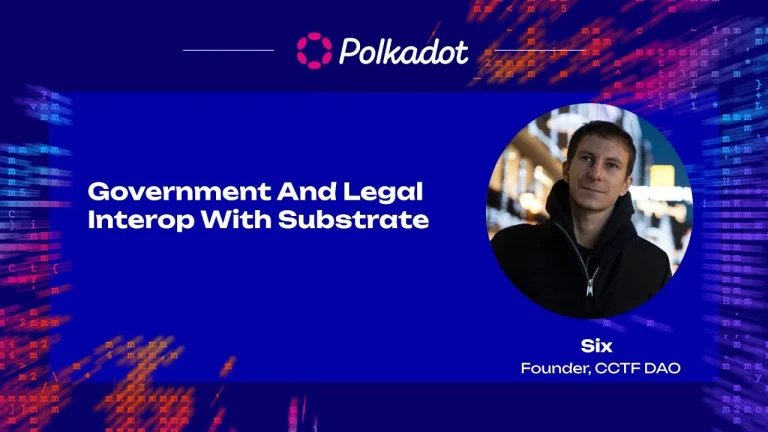At Polkadot Decoded 2024, Phil Lucsok, co-founder of Lastic, delivered a comprehensive presentation on the dynamics of Polkadot blockspace and coretime. Along with his co-founder, Aurora, Phil has been instrumental in developing Lastic, a platform designed to streamline and enhance the blockspace marketplace.
Understanding Blockspace as a Commodity
Phil began by addressing the fundamental nature of blockspace. Contrary to popular belief, blockspace is not a single commodity but a class of commodities. Each blockchain, such as Bitcoin, Ethereum, and Polkadot, provides unique blockspace with varying qualities in security, availability, and flexibility. For instance, while Bitcoin’s blockspace is primarily used for transactions and some inscriptions, Polkadot’s relay chain and parachains offer highly flexible blockspace suitable for a wide range of applications.
The Economics of Polkadot Blockspace
A significant portion of Phil’s talk focused on the economic principles underlying blockspace. He explained that transaction fees are crucial as they signal the market value of blockspace. These fees serve as a spam protection mechanism and a revenue stream for validators or miners, contributing to the sustainability of the blockchain. However, Phil emphasized the distinction between the value of blockspace and the blockchain’s token value, noting that they are fundamentally different.
Phil elaborated on how the supply of blockspace affects pricing. He used analogies, such as the capacity of a stadium, to illustrate how limited supply can drive up prices and create secondary markets. This concept is particularly relevant for blockchains like Bitcoin and Ethereum, which frequently reach their capacity limits, leading to high transaction fees and bidding wars to include transactions in the next block.
Challenges and Opportunities in Pricing Blockspace
Phil pointed out that most blockchains, except Bitcoin and Ethereum, operate as pre-revenue institutions reliant on subsidies. These blockchains, including Polkadot, Solana, and Cosmos, sustain their operations through token-based subsidies and grant programs. Phil argued that while fees are a suitable revenue model for Bitcoin and Ethereum, they may not be appropriate for a post-scaling world where cheap transactions are a key value proposition.
Coretime on Polkadot: Addressing Parachain Auction Shortcomings
Coretime, as introduced by Phil, is a mechanism designed to address the limitations of parachain auctions on Polkadot. Agile core time offers a more predictable and fair allocation of blockspace. It allows developers to renew their core slots continuously at a rent-controlled price, providing the stability and predictability essential for long-term projects. Phil emphasized that while cores will be relatively scarce and expensive, the blockspace provided should remain affordable to encourage innovation and development.
Lastic’s Contribution to the Coretime Marketplace
Lastic has made significant strides in developing a user-friendly interface for agile core time, currently live on the Rococo testnet and soon to be available on Kusama and Polkadot. This interface facilitates the purchase, assignment, splitting, interlacing, and transfer of cores. Additionally, Lastic has created an indexer for the Polkadot Coretime chain, enabling other wallets and explorers to utilize this data.
Phil also discussed the challenges they faced, such as the high costs and upkeep associated with building their own chain. To overcome these obstacles, Lastic developed a makeshift marketplace using multisig solutions, showcasing their innovative approach to problem-solving.
Lastic Blockspace Marketplace Future Prospects
Looking ahead, Phil expressed excitement about the potential for trading, speculation, and brokering within the core time marketplace. He proposed the introduction of smart contracts on the core time chain to open up new possibilities for marketplaces and encourage broader participation.
Phil also highlighted the need for a new bootstrapping mechanism similar to crowd loans, which allowed parachains to secure slots while adding liquidity and community engagement. He believes that community-funded blockspace is the way forward for many smaller chains and applications.
Conclusion
Phil Lucsok’s talk at Polkadot Decoded 2024 provided invaluable insights into the intricacies of blockspace and core time within the Polkadot ecosystem. By addressing both the economic and technical aspects, he highlighted the opportunities and challenges in developing a sustainable core time marketplace. Lastic’s innovative solutions and forward-thinking approach underscore the potential for Polkadot to revolutionize blockspace allocation and utilization.








